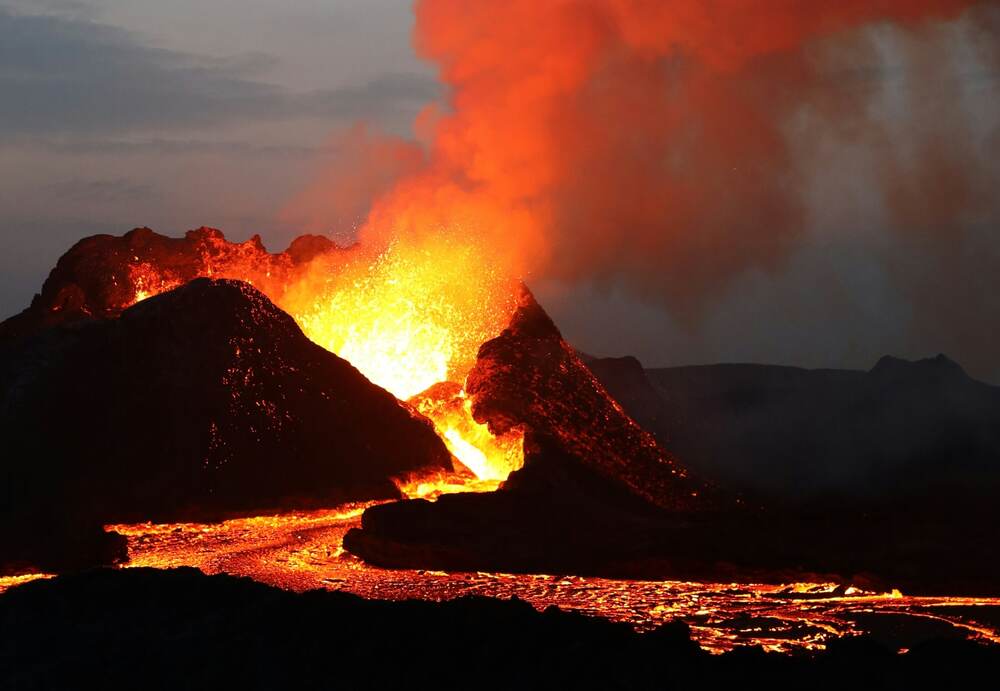THE LATEST
Real-world data for supercomputer modeling: A glimpse into the volcanic nightmare

A recent study conducted by researchers at Imperial College London has found some concerning information about volcanic eruptions. Despite efforts to predict these events by monitoring the volcano's activities and the upper layers of the Earth's crust, new research suggests that we need to delve deeper into the deep magma reservoirs, 20 kilometers below the Earth's surface.
Unfortunately, the study's findings don't offer much solace. Instead, they paint a grim picture of uncertainty and impending disaster. The research aimed to shed light on the frequency, composition, and size of volcanic eruptions worldwide by studying the inner workings of these geological time bombs. What they discovered was nothing short of alarming.
The study revealed that the size and frequency of eruptions are closely correlated with the time it takes for magma to form in the deep reservoirs beneath the Earth's crust. The larger the magma reservoir and the longer it takes for magma to accumulate, the greater the potential for a volcanic catastrophe.
The researchers utilized advanced supercomputer models to simulate the intricate processes of magma flow and storage deep within the Earth. These simulations offered new insights into what triggers volcanic eruptions, and the results are downright terrifying.
Contrary to previous beliefs, the study suggests that it's not the ratio of solid to molten rock that determines eruptions; instead, it's the buoyancy of the magma. The magma's buoyancy, determined by its temperature and chemical composition, paves the way for its destructive ascent. As it becomes less dense, the magma rises, creating fractures in the overlying solid rock and triggering a catastrophic eruption.
The study found that the length of time the magma is stored in shallower underground chambers also influences the magnitude of eruptions. Longerperiods of storage yield smaller eruptions, providing a glimmer of hope – albeit a feeble one – in an otherwise bleak landscape.
However, the study also revealed that larger magma reservoirs disperse heat, slowing down the process of magma formation. In other words, smaller, more compact reservoirs can lead to the most devastating eruptions.
Finally, the study highlights the cyclical nature of volcanic activity. Eruptions are rarely isolated incidents but rather part of an ongoing cycle. This grim revelation paints a picture of a world perpetually on the edge, never safe from the fire-spewing wrath of the Earth beneath us.
Although this study brings us closer to understanding the factors that control volcanic eruptions, it fails to provide a sense of security or a pathway to prevention. It starkly reminds us that the forces of nature are powerful and unpredictable, placing us at their mercy.
